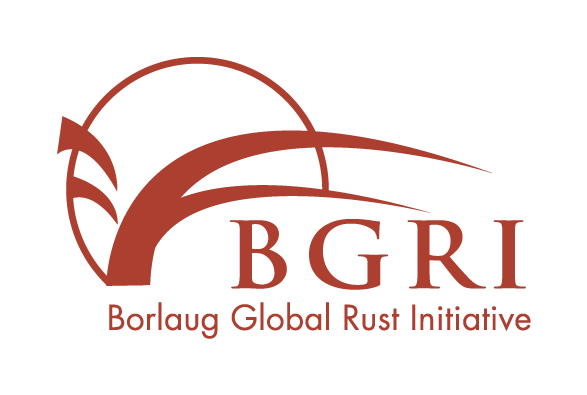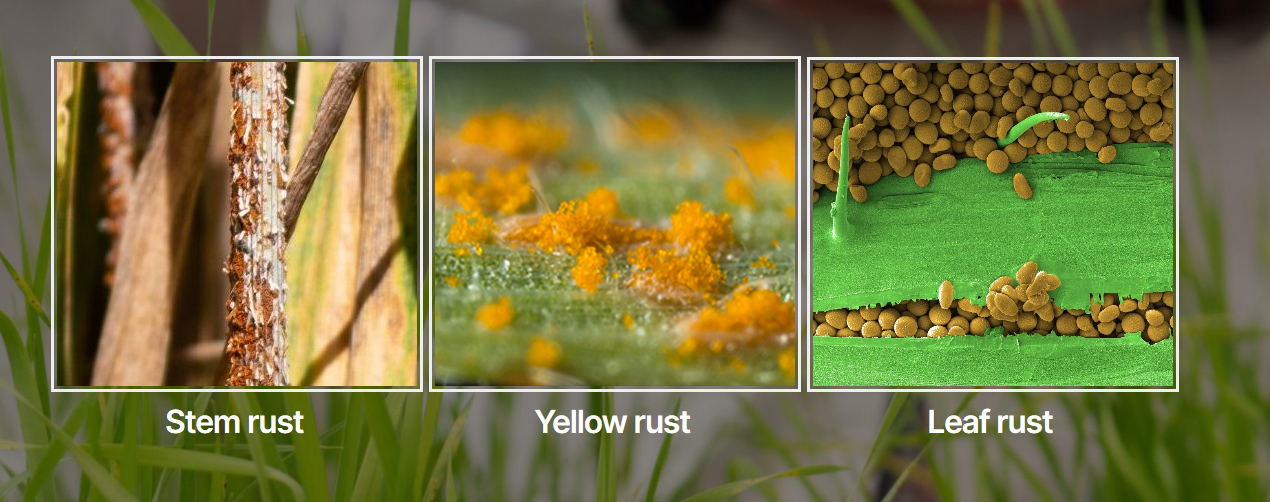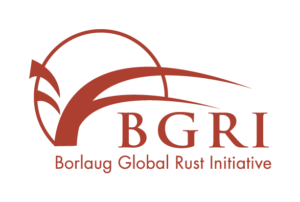A wheat rust genomics website has been launched as a hub of genomic data and resources for the notorious wheat rust pathogens.
This new website brings together all current genomic resources and tools available for the three wheat rust pathogens: Puccinia graminis f. sp. tritici (causing stem or black rust) P. striiformis f. sp. tritici (stripe or yellow rust) and P. triticina (leaf or brown rust). It also provides a forum to connect researchers who may have fungal isolates they would like to share with those interested in collaborating to sequence them.
Wheat rust fungi are known as the “polio of agriculture” due to the severe threat of disease these pathogens pose to wheat production worldwide and have been associated with many crop failures and famine throughout history. The three types of wheat rust mentioned are all caused by different species of this parasitic fungus. Despite different appearance of their spores and symptoms they produce on wheat, all three of these fungi are closely related and have a lot of similarities.
The genomic era has led to a flurry of genome-wide analyses and transcriptomic studies for these agronomically important crop pathogens. This has created a vast wealth of data that is exceptionally valuable for accelerating molecular genetic research that can address many long-standing fundamental questions about wheat rust biology and assist in wheat breeding for resistance to these pathogens.
The ‘wheat rust genomics’ website brings together links to hundreds of genomic datasets, tools for their interrogation and relevant protocols. As a hub for wheat rust researchers, it also provides those wanting to contribute strains for sequencing projects, a mechanism for linking with genomic experts to accelerate future collaborations and capitalise on existing resources.
As a community resource, the website is actively maintained and will continue to be updated as new genomic resources become available. This will ensure its long-standing value among wheat rust researchers worldwide.







